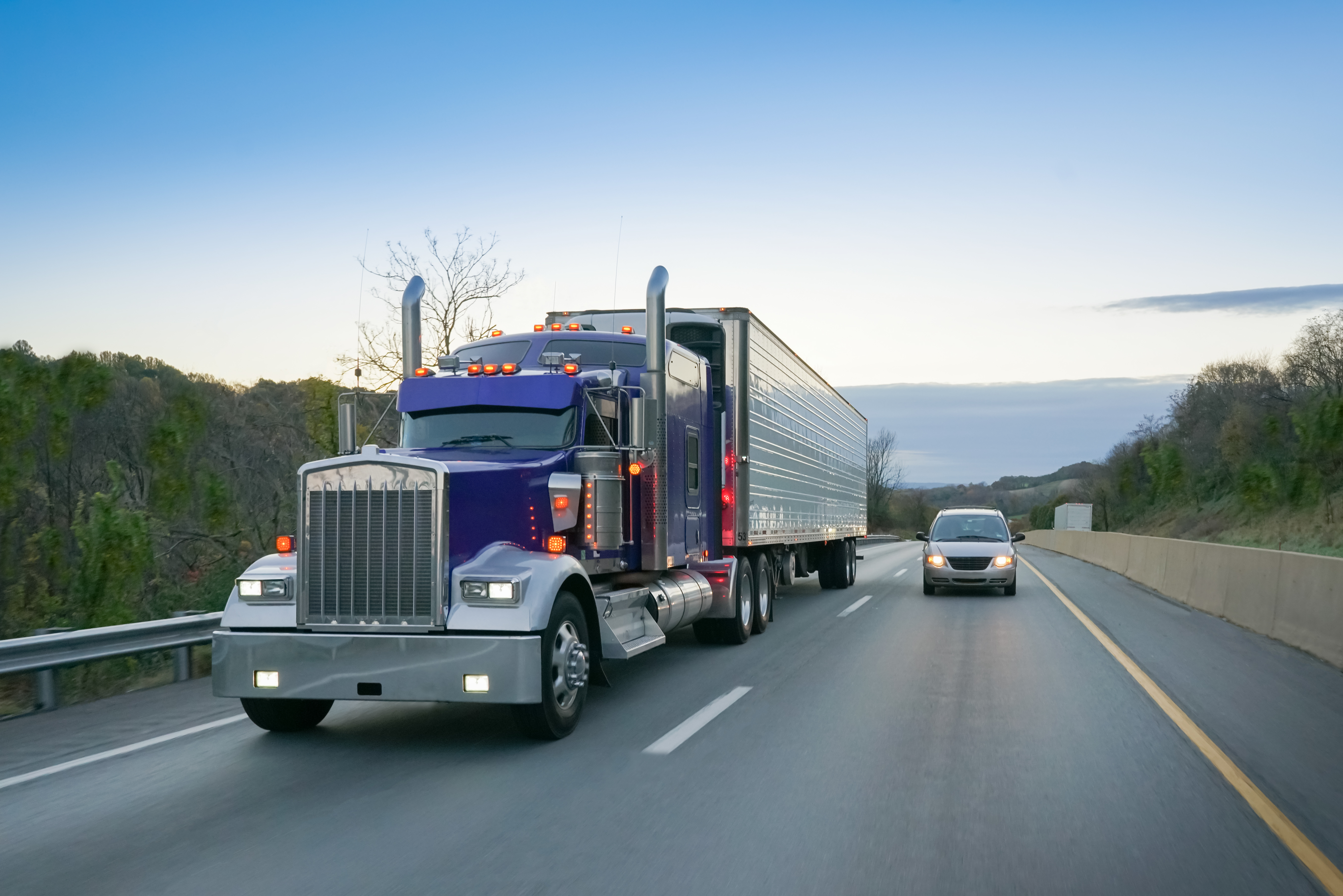Registration charges for heavy vehicles
Registration charges applicable from 1 July 2025 to 30 June 2026 (inclusive of both the roads and regulatory components of the charges) are detailed in the below tables.
If you believe you have been charged the wrong amount, please contact the road agency in your state or territory.
The total registration charges shown below include the roads and regulatory components. Read more about the separate components.
Scroll to see more
Division 1—Load carrying vehicles ($)
Trucks
| Vehicle type | 2 axle | 3 axle | 4 axle | 5 or more axles |
|---|---|---|---|---|
| Truck (type 1) | 714 | 1,181 | 1,196 | 1,196 |
| Truck (type 2) | 1,206 | 1,406 | 1,427 | 1,427 |
| Short combination truck | 1,237 | 1,445 | 2,465 | 2,465 |
| Medium combination truck | 12,325 | 12,325 | 13,313 | 13,313 |
| Long combination truck | 17,039 | 17,039 | 17,039 | 17,039 |
Prime movers
| Vehicle type | 2 axle | 3 axle | 4 axle | 5 or more axles |
|---|---|---|---|---|
| Short combination prime mover | 1,314 | 5,524 | 5,907 | 5,907 |
| Multi-combination prime mover | 13,897 | 13,897 | 15,285 | 15,285 |
Division 2—Load carrying trailers ($ per axle)
| Trailer type | Single | Tandem axle group | Tri-axle group | Quad-axle group and above |
| Pig trailer | 816 | 789 | 779 | 775 |
| Dog trailer | 816 | 789 | 779 | 775 |
| Semi trailer | 816 | 995 | 705 | 530 |
| B-double lead trailer and B-triple lead and middle trailers | 816 | 995 | 705 | 530 |
| Converter dolly or low loader dolly | 55 | 28 | 18 | 14 |
Scroll to see more
Division 3—Buses ($)
| Bus type | 2 axles | 3 axles | 4 or more axles |
|---|---|---|---|
| Bus (type 1) | 595 | NA | NA |
| Bus (type 2) | 750 | 3,386 | 3,386 |
| Articulated bus | NA | 747 | 747 |
Scroll to see more
Division 4—Special purpose vehicles ($)
- Special purpose vehicle (type P) = No charge
- Special purpose vehicle (type T) = 582
- Special purpose vehicle (type O) = 675 + (466 x number of axles over 2)
Scroll to see more
Notes
- Truck (type 1) means a rigid truck not exceeding a Mass Rating for Charging (MRC) of 12 tonnes (2 axles), 16.5 tonnes (3 axles) or 20 tonnes (4 or more axles)
- Truck (type 2) means a rigid truck exceeding a MRC of 12 tonnes (2 axles), 16.5 tonnes (3 axles) or 20 tonnes (4 or more axles)
- Short combination truck means a truck nominated to haul one trailer where, according to the nomination: (a) the combination has 6 axles or fewer; and (b) the maximum total mass that is legally allowable for the combination is 42.5 tonnes or less.
- See the Heavy Vehicle Charges Model Law for complete definitions of vehicle types.
- All axles on a dog trailer are treated as part of one group for registration charging purposes. For example, a dog trailer with a single axle at the front and a tandem axle at the rear is treated as a tri-axle group for charging purposes.
The PAYGO model
Australia uses a pay-as-you-go (PAYGO) model which determines annual registration and fuel-based road user charges. PAYGO was introduced in Australia in 1992 to:
- help recover the marginal or attributable costs of road wear and tear for each heavy vehicle type
- recover a share of common road costs which benefit all road users, such as street lighting, rest bays and signage
- ensure heavy vehicles pay their share of road spending.
Revenue recovered through heavy vehicle charges helps governments provide better and safer roads.
Around 40 per cent of heavy vehicle costs are recovered as state and territory registration fees, with the balance paid through a fuel-based road user charge which is collected by the Commonwealth Government.
To calculate heavy vehicle charges using the PAYGO model, we use the latest heavy vehicle and trailer population data as well as seven year averages for both road expenditure and vehicle usage data. This data averaging ensures that charges do not change significantly in response to short-term changes in expenditure or vehicle use.
For more information, see the PAYGO model user manual.
Heavy vehicle charges from 2023–24 to 2025-26
In May 2023, Ministers agreed to an annual 6 per cent increase to heavy vehicle charges between 2023-24 and 2025-26.
Commencing from 1 July 2023, the 6 per cent increase each year applies to both the road user charge and the roads component of registration fees.
The registration charges applicable from 1 July 2025 to 30 June 2026 (inclusive of both the roads and regulatory components of the charges) are detailed in the above tables.
The applicable registration charges between 2023-24 and 2025-26 (exclusive of the regulatory component of the charges - which covers the operating cost of the National Heavy Vehicle Regulator (NHVR) and is designed to vary in line with the NHVR's budget) is available here.
